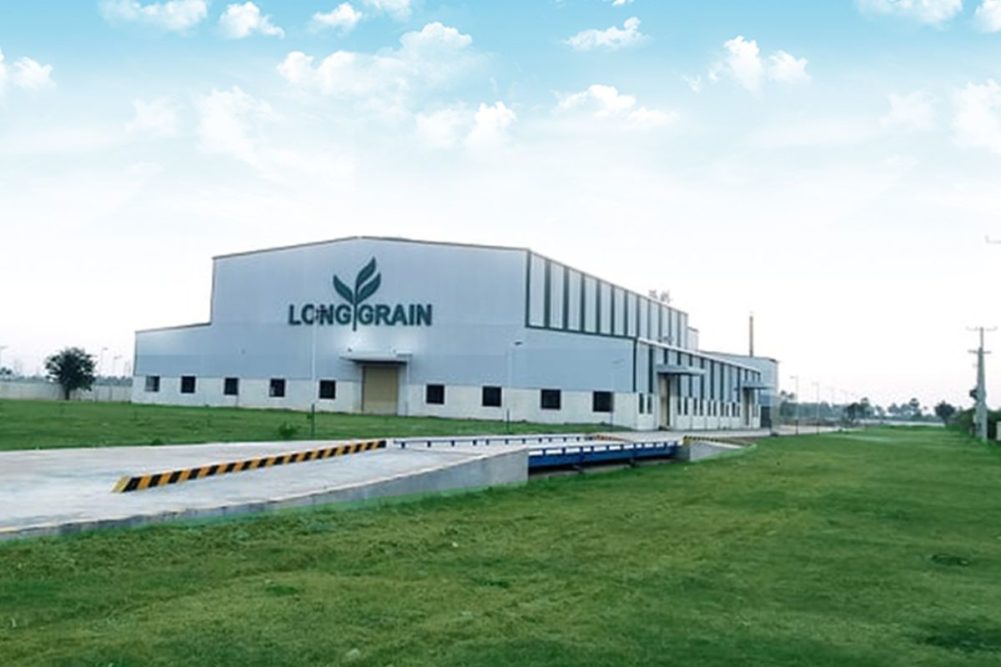KAMPONG SPEU PROVINCE, CAMBODIA – Long Grain Co. Ltd., a specialty rice producer and distributor, unveiled its new mill from which it expects to increase production from 33,000 to 200,000 tonnes by 2025, allowing expansion into other products such as rice milk, rice cakes, grain spirits and rice oil.
Located in the Kampong Speu Province, Cambodia, the 68,809-square-meter mill utilizes innovative technology from milling to distribution to ensure quality, the company said. The $9 million investment features cutting-edge technologies such as milling, whitening, polishing, grading and sorting equipment and modern packing facilities.
“Our new facility is the answer to the burgeoning global rice demand, leveraging automation and state-of-the-art design,” said Sanjay Dvir, chief executive officer of Long Grain. “As we thank the supportive Cambodian government, we reiterate our commitment to further enhance our market presence and sustain growth momentum for years to come. At its core, Long Grain is a pledge to quality, sustainability, and community enrichment.”
Cambodia has emerged as a major player in the rice industry. The country’s rice sector accounts for over 70% of its agricultural cropped areas and contributes about 50% to the nation’s agricultural output. The Cambodian rice market has experienced substantial growth over the past two decades, with surplus production finding its way to major international markets, primarily Europe.
The US Department of Agriculture’s (USDA) Foreign Agricultural Service estimates Cambodian rice production to be 10.2 million tonnes in marketing year 2023-24, with 1.91 million tonnes available for export. Globally, the USDA estimates 520.9 million tonnes of rice production in 2023-24.
Long Grain’s product range includes Jasmine, Senkro Orub rice and others, sold to a variety of end-users. The company is an exporter to the European Union, ASEAN nations, Middle East and Africa.
Embracing environmental resilience, Long Grain also works closely with local growers practicing water preservation, biodiversity enhancement and soil health improvement.




